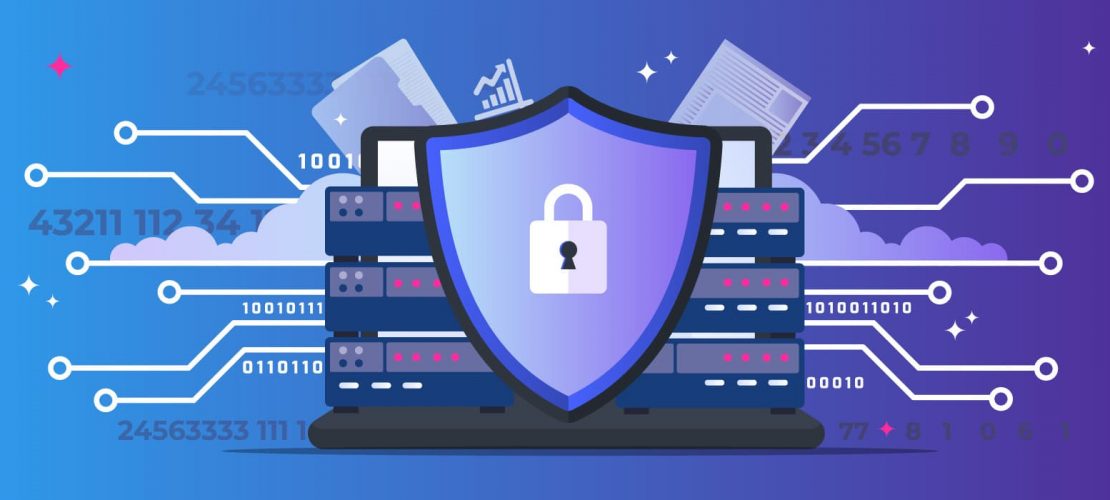Blockchain technology has been hailed as a game-changer for many industries, promising increased security, transparency, and efficiency. However, as with any technology, blockchain is not immune to cyber threats like DDoS attacks. In this guide, we’ll explore the challenges of securing blockchain networks in the Web3 era and discuss ways to mitigate the risk of DDoS attacks.
Chapter 1: Understanding Blockchain To understand why DDoS attacks are a threat to blockchain networks, it’s important to understand how blockchain works. At its core, blockchain is a decentralized ledger that records transactions in a secure and tamper-proof way. This is accomplished by using complex algorithms and cryptographic techniques to create a shared and immutable database that is maintained by a network of computers.
Chapter 2: Understanding DDoS Attacks As we discussed in the previous guide, DDoS attacks are a type of cyber attack where the attacker overwhelms a website or network with traffic until it crashes. In the context of blockchain networks, DDoS attacks can be used to disrupt the network and prevent new transactions from being added to the blockchain.
Chapter 3: The Challenges of Securing Blockchain Networks Securing blockchain networks is a challenging task, as these networks are designed to be decentralized and open to anyone. This makes it difficult to implement traditional security measures like firewalls and access controls. Additionally, the distributed nature of blockchain networks means that any attack must be coordinated across multiple nodes, making it more difficult to defend against.
Chapter 4: Mitigating the Risk of DDoS Attacks Despite these challenges, there are ways to mitigate the risk of DDoS attacks on blockchain networks. Here are some tips:
- Use a DDoS protection service: As we mentioned in the previous guide, using a DDoS protection service can help mitigate the effects of an attack by filtering out malicious traffic and allowing legitimate traffic to reach the network.
- Implement network segmentation: By segmenting the network into smaller subnetworks, you can limit the impact of a DDoS attack and prevent it from spreading to other parts of the network.
- Use consensus mechanisms: Blockchain networks rely on consensus mechanisms to ensure that all nodes on the network agree on the state of the blockchain. By using a consensus mechanism that is resistant to DDoS attacks, such as Proof of Stake (PoS), you can reduce the risk of an attack succeeding.
- Use load balancing: Load balancing can help distribute traffic across multiple nodes, making it harder for attackers to overwhelm a single node.
- Use IP whitelisting: By whitelisting trusted IP addresses, you can limit access to the network to only those who need it, reducing the risk of a successful DDoS attack.
Chapter 5: Best Practices for Blockchain Security In addition to mitigating the risk of DDoS attacks, there are other best practices you should follow to ensure the security of your blockchain network. Here are some tips:
- Use strong encryption: Use strong encryption to protect data in transit and at rest. This includes using HTTPS for web traffic and encrypting any sensitive data you store.
- Implement access controls: Implement access controls to ensure that only authorized users can access your network and data.
- Use multi-factor authentication: Use multi-factor authentication to add an extra layer of security to your network.
- Keep software up to date: Keep your software up to date with the latest security patches and updates.
Conclusion: Securing blockchain networks in the Web3 era is a challenging task, but it is essential to ensuring the integrity and trustworthiness of these networks. By using DDoS protection services, implementing network segmentation, using consensus mechanisms, using load balancing, and using IP whitelisting, you can mitigate the risk of DDoS attacks. Additionally, by following best practices like using strong encryption, implementing access controls, using multi-factor authentication, and keeping software up to date, you can further strengthen the security of your blockchain network. With these measures in place, you can enjoy the benefits of Web3 technology with confidence and peace of mind.




